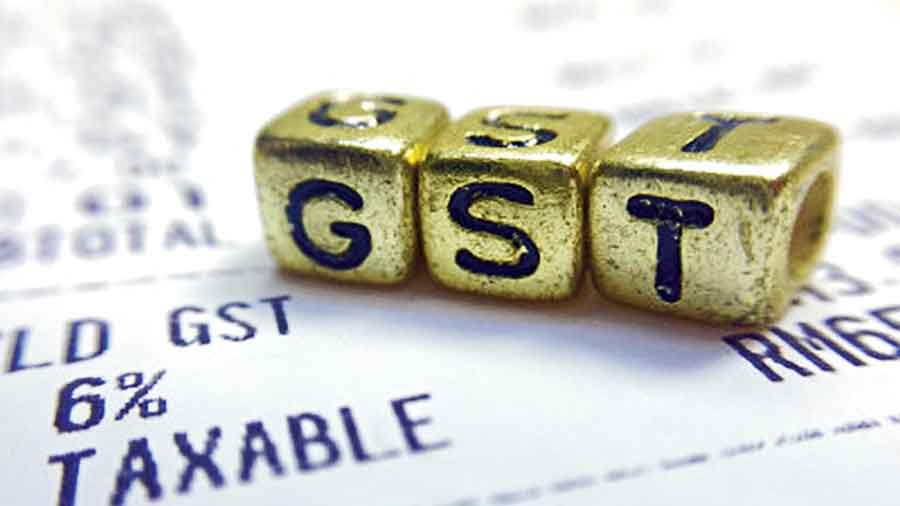The goods and services tax (GST) collections rose 56 per cent year-on-year to Rs 1.44 lakh crore in June — on a low base because of the second wave of Covid-19 last year and the transmission of elevated commodity prices. The collection in June is the second-highest after April when it was about Rs 1.68 lakh crore. Aditi Nayar, chief economist, Icra said: “The June 2022 headline GST collection is impressive, tracking the monthly average that we foresee for FY23.”
“This implies a substantive upside of Rs. 1.2 lakh crore to the Government of India relative to its FY23 Budget Estimates for CGST (central GST) of Rs 6.6 lakh crore.
“The sharp growth of revenues in June benefits from the economic recovery and has also been boosted by the low base of the second wave of Covid-19 and the transmission of elevated commodity prices into output inflation.” If GST collections grow at the envisioned pace of 17 per cent in in 2022-23, many states may be able to withstand the end of the GST compensation period.
“However, some states with a relatively higher dependence on GST compensation within their revenue sources may find FY2023 to be a particularly challenging year,” she added. M.S. Mani, partner, Deloitte India, said the high collections come on the heels of several macroeconomic parameters being on the upswing. Central GST in June stood at Rs 25,306 crore, and state GST, Rs 32,406 crore.
Integrated GST for the month stood at Rs 75,887 crore, including Rs 40,102 crore on imports. Cess collections were Rs 11,018 crore, including Rs 1,197 crore on imports. The gross cess collection in June is the highest since the introduction of GST.
Revenues from the sale of goods and services were Rs 92,800 crore in June 2021 and over Rs 1.41 lakh crore in May. Besides, the average monthly gross GST collection for the April-June quarter was Rs 1.51 lakh crore. The number of e-way bills generated in May 2022 was 7.3 crore, which is 2 per cent less than the 7.4 crore e-way bills generated in April 2022.











